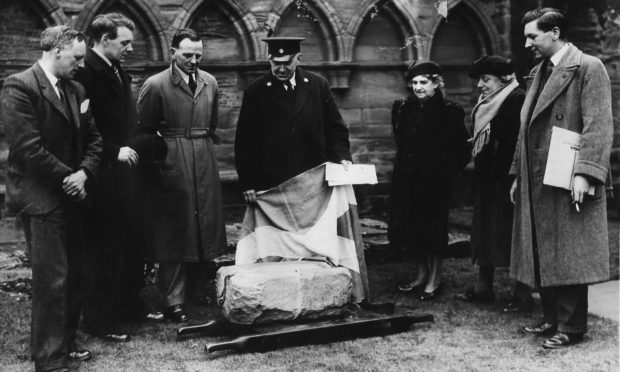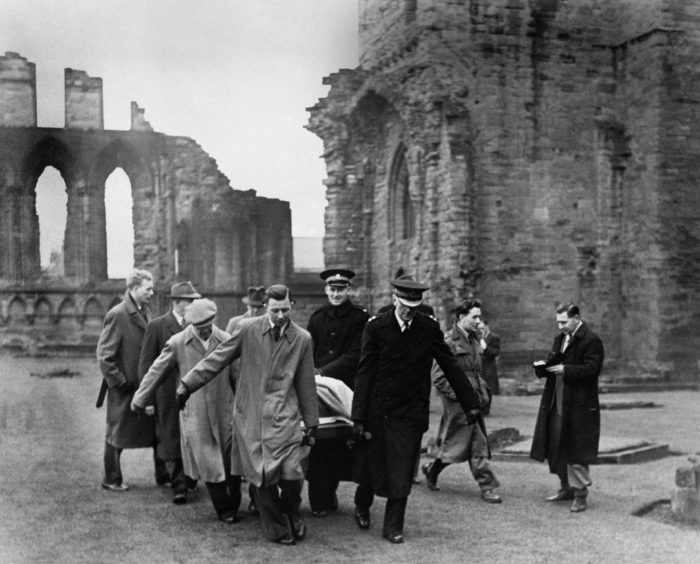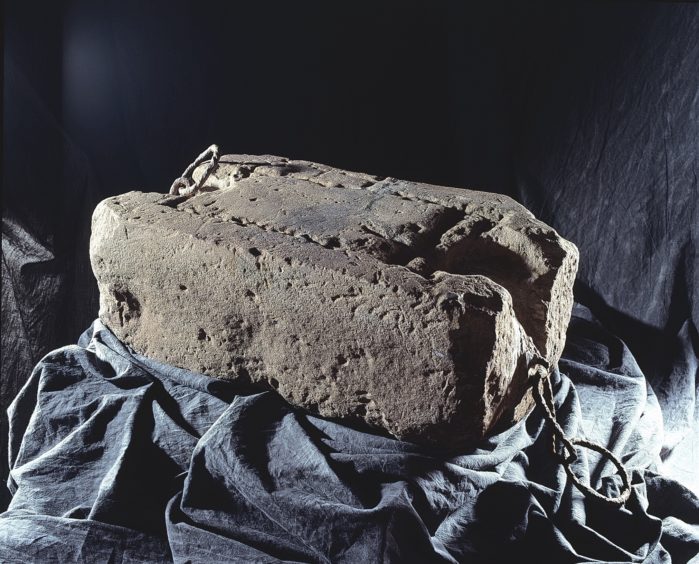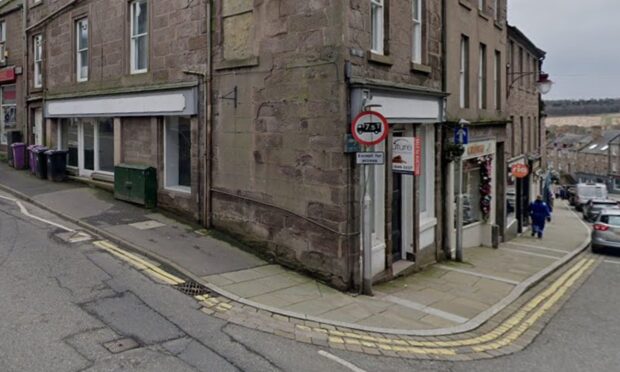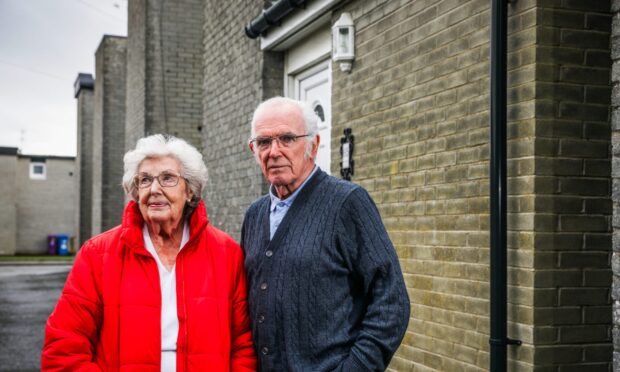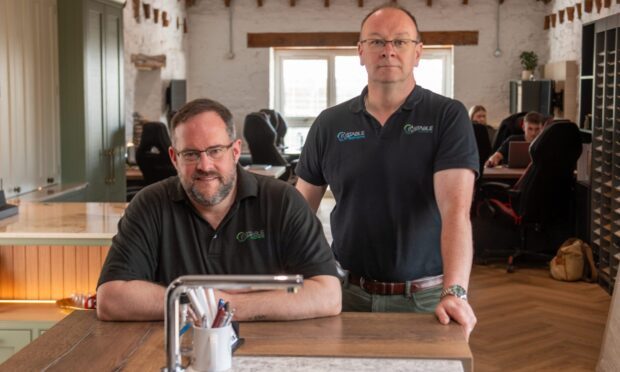The 70th anniversary of the day the Stone of Destiny was left at the high altar of Arbroath Abbey after it was dramatically removed from Westminster is set to be marked by a special event.
The Stone of Scone,was used in the inauguration ceremonies of Scotland’s monarchs until 1296 when Edward I took it to England as part of the spoils of war.
Built into a specially constructed throne, it remained at Westminster until four students from Glasgow University removed it on Christmas Day, 1950.
The theft began a nation-wide cat-and-mouse hunt with the quartet evading the authorities for several months, until April 1951, when the stone was left at the high altar of Arbroath Abbey, covered by a saltire.
Its arrival will be marked on the 70th anniversary next year as part of the 2020 celebrations delayed by the Covid-19 pandemic.
Harry Simpson, chairman of the Arbroath 2020 group, which is organising a series of events to mark the 700th anniversary of the signing of the Declaration of Arbroath, said the stone and its removal continued to capture the imagination.
“The removal of the stone from Westminster caused a sensation and sparked a major manhunt,” he said.
“When it arrived in Arbroath in 1951, it threw a national and international spotlight on the town.
“There are some iconic images from that day and it would be great to recreate them and also have a public lecture, perhaps delivered online, on the history of the stone so people can find out more about its fascinating story.”
When the then secretary of state for Scotland proposed returning the stone to Scotland in 1996, Angus councillors launched a bid to have it kept in Arbroath permanently.
Ultimately, Edinburgh Castle was the favoured choice and the stone remains on display there with the crown jewels.
Last year, as part of a consultation by the Commissioners for the Safeguarding of the Regalia, Perth and Kinross council made a wide-ranging case to have it moved to a new £23 million museum in the city where it would be permanently on display.
Speculation has persisted that when the stone was removed, several copies were made, one of which was returned to Westminster, while the real one remains hidden in Scotland, its location known only to a few.
However, professional opinion is the stone now in Edinburgh is the same one taken by Edward I.
